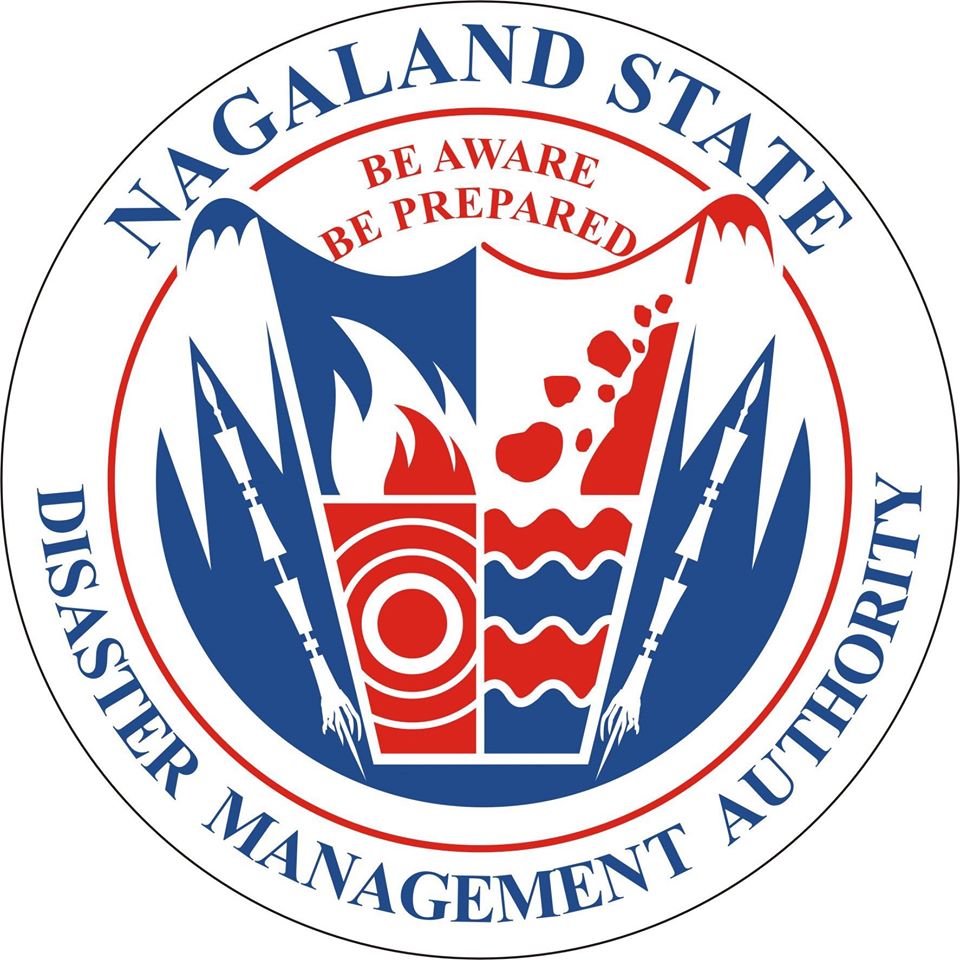Schools in NNagaland need to conform with National Building Code safety standard

Our Correspondent
Kohima | February 3
The Nagaland Disaster Management School Safety Policy 2019 in safety actions stated that all existing as well as new schools need to conform to safety standards as per the National Building Code.
In addition, any other norms prescribed by the state government need to be adhered to, according to the Policy brought out by Nagaland State Disaster Management Authority (NSDMA), Home department.
The Policy stated that new schools should be located, on a site that has adequate mitigation measures already in place against any imminent natural hazards.
Existing schools located in a vulnerable location should either be relocated at a safer site or they should be provided adequate support to mitigate the effect of any natural hazards that may affect the area.
The Policy stated that all new school constructions should include disaster resilient features.
Existing vulnerable schools need to be repaired to the desired level of resilience with regard to local disaster risks, the Policy stated.
The engineering wing from the Department of School Education certifies the design that has to be adopted for the safety and child friendly features following the Building Code of 2005.
The Policy stated all items of furniture such as almirahs, shelves, black boards etc., as well as any other items that may fall and cause injury to students and teachers such as ceiling fans, coolers, water tanks etc. need to be secured to the walls or floor.
Any electrical items such as loose wires that may cause an exigency should be addressed promptly by the school.
Chemical and any hazardous materials in the school laboratory should be handled and stored as per instructions to prevent any harm to students and school staff.
Open areas including corridors and evacuation routes including staircases and ramps should be kept free from any hurdles and barriers so that evacuation is smooth and swift. Pots/planters in the play ground or corridors should be kept in a manner that does not affect smooth evacuation.
Any derelict or unused building, rubble, etc. should be removed to prevent any harmful animals or pests from accessing children.
Traffic movement outside the school should be managed to minimize risk to students at the time of assembling and dispersal of school, the policy stated.
During excursions, schools should carefully choose the location of excursion and the itinerary so that exposure to hazard is minimized. Extra precautions should be taken when students are being taken close to water bodies, narrow mountainous tracks etc.
Buses or any other vehicles owned/ hired by the school need to be maintained properly so that students are not at risk of accidents.
Drivers need to be properly trained on speed limits, stoppage of vehicles as well as crisis management so that children remain safe during their travel to and from schools.
The policy also stated that emergency equipment such as fire extinguishers, first aid kits, ropes etc. need to be procured and maintained regularly by the school authorities.






